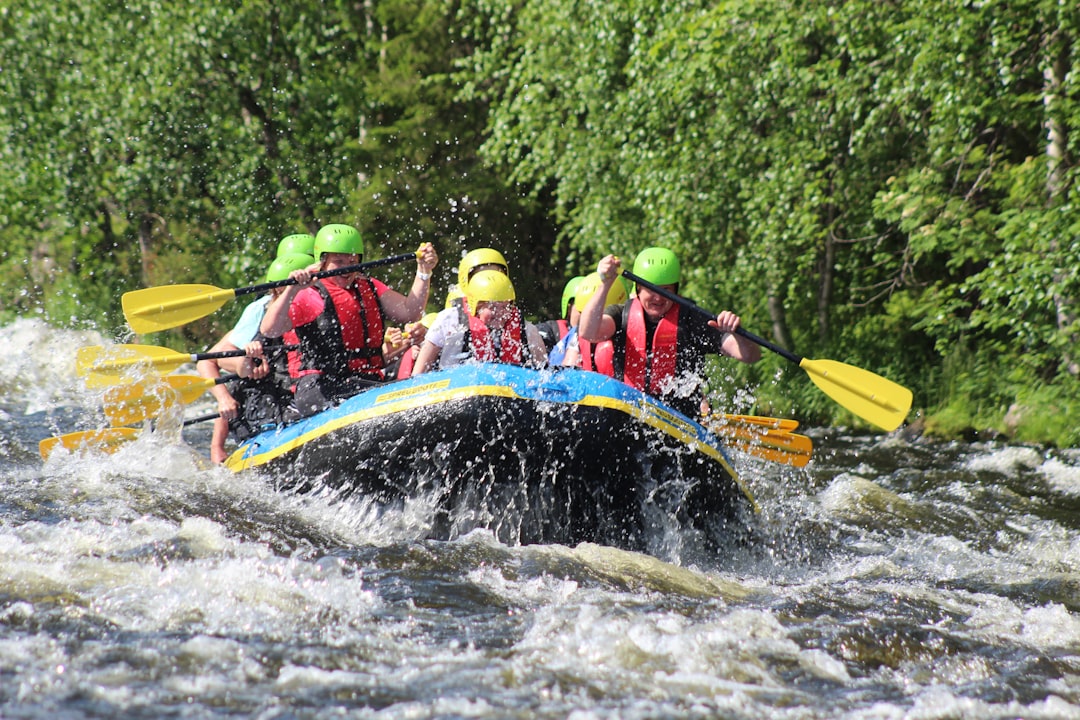What You Need to Know About Whitewater Rafting

If you love the thrill of the outdoors and enjoy outdoor activities, whitewater rafting may be for you. This recreational activity involves paddling an inflatable raft on different kinds of water, including whitewater. While the experience may be exciting and adventurous, it's also part of the risk. If you're new to this activity, here's what you need to know before you begin. You'll be amazed at the experience and want to go again.
The spokane river rafting can be divided into several different classes based on the level of experience. Beginner-level rafting usually involves Class I rapids, while more advanced rapids involve a higher difficulty level. Expert-level rafters typically tackle Class IV rapids, which can include choppy water, large waves, and unpredictable river features. This level of difficulty requires exceptional river-reading skills, so only the most experienced whitewater rafters should attempt this class.
The first boat in a flotilla is known as the lead boat. In a flotilla, there are multiple boats that form a single unit, called a flotilla. A lead boat is responsible for the safety and comfort of the others in the group. In a large river, there are often two types of rapids, referred to as eddy pools and flood plains. Each category is designed to challenge a team of people.
The first mile of a river rafting trip is spent learning how to paddle a raft and hold on. Guides sit in the back of the raft and provide instructions on when to paddle, what rapids to expect, and other information. They may also teach about the history of the area, and when to eat and drink. In early Spring, creeks can be chilly. Wear appropriate clothing for the weather and for your comfort.
Western's guides will give you all the information you need to make an informed decision. This can be the best whitewater rafting experience of your life, explore more here. With the right gear, whitewater rafting is the perfect activity for both the first timer and the expert.
To make sure you don't get thrown over the side of the river, make sure to swim to shore. When you fall over, try not to stand up. This can put you at risk of Foot Entrapment, which is when a size nine foot gets stuck in a small hole in a river. If you're thrown overboard, lean back into your PFD and let your feet point downstream. You should also keep your head up, as this helps you maintain control of yourself and prevent falling. Check out this post for more details related to this article: https://en.wikipedia.org/wiki/Rafting.